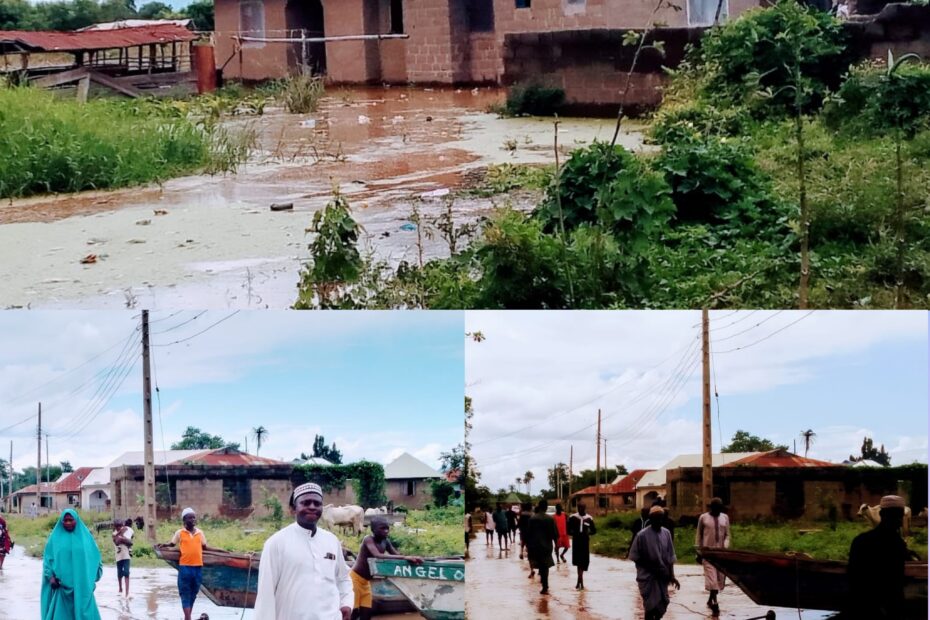In a significant update for residents of Southern Nigeria, the Federal Government has downgraded its flood warning, indicating that the immediate threat of severe flooding has been effectively averted.
This announcement follows a reassessment of conditions related to the overflow of the Lagdo Dam in Cameroon.
This is according to a press release from Dr. Felix Ale, Director of Media and Corporate Communications at the National Space Research and Development Agency (NASRDA), on Saturday.
Chief Uche Geoffrey Nnaji, Minister of Innovation, Science, and Technology, stated that the revised warning comes after an analysis of recent data from the Nigeria Hydrological Services Agency (NIHSA,) and the United Nations Platform for Space-Based Information for Disaster Management and Emergency Response (UN-SPIDER).
“Initial projections based on satellite imagery indicated a significant overflow of the Lagdo Dam in Cameroon, which resulted in the inundation of over 18,000 hectares of land by mid-September,” Nnaji noted.
He added that this alarming situation raised serious concerns for downstream states, including Kogi, Edo, Delta, Rivers, and Bayelsa, leading to the activation of flood control measures.
However, thanks to effective water management strategies at the Lagdo Dam and ongoing mitigative actions by Nigerian authorities, “the risk has significantly subsided,” Nnaji added.
Despite the positive developments, the Ministry cautioned residents in flood-prone areas to remain vigilant.
“While the immediate danger has been curtailed, it is essential for all residents and communities in historically flood-prone areas to maintain vigilance, particularly as weather patterns remain unpredictable,” Nnaji stated.
He emphasized that local governments should continue monitoring water levels and be prepared for rapid response if needed.
The Ministry has committed to ongoing collaboration with NIHSA and NASRDA to ensure real-time monitoring of the situation and will provide updates as new information becomes available.
